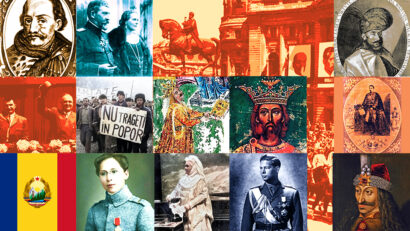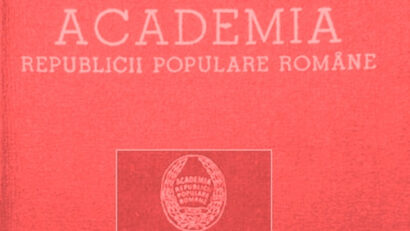Romania’s Treasure in Tismana
After the painful loss of the national treasure, which was taken by Russia during WWI, the Romanian authorities thought of taking the treasure of the National Bank of Romania to a safer place during WWII

Steliu Lambru, 10.07.2017, 13:20
The relevant authorities decided to give up the idea of sending the national treasures to other countries and chose the Tismana monastery, located in a mountainous area in southwestern Romania, as the place for safekeeping the treasure.
The top secret operation aimed at hiding the national treasure, which in the early 1944 amounted to 231.22 tons, of which 190.94 tons were in the country and 40.27 tons abroad, received the code name “Neptun. Participating in the operation were the defence and finance ministries, the Romanian Orthodox Church, the Chief of Staff of the Romanian Army, the Intelligence Services and the Romanian Railway Society.
Museum curator Ioan Lesenciuc with the Treasure Museum of the National Bank of Romania in Tismana will briefly present the odyssey of the Romanian treasure in the mid 1940s: “Between the two World Wars, Romania managed to re-establish the amount of gold it had, but another bad year was to come, namely 1944. After the Battle of Stalingrad the eastern front was much weakened. Consequently, the withdrawing German army was being followed by the Soviet army and the treasure at the National Bank was in danger. In April 1944 the Allies heavily shelled the oilfields in Ploiesti and Campina and the capital Bucharest, and the headquarters of the National Bank were in real danger. It was then that the issue of moving the treasure to a safer place emerged. The government started talks with two states, Turkey and Switzerland. The Turkish authorities said they could not receive the treasure as the Turkish laws did not allow that, while Switzerland, although open and willing to receive it, said that the passing of the convoy carrying Romanias treasure through the centre of Europe, which was controlled by the German army, posed a great risk. Then, Antonescu said the treasure should remain on the Romanian territory and be kept all in one place. He gave the green light to the National Bank to hide the national treasure wherever it considered safe.
The Romanian bankers decided on the Tismana monastery, the oldest monastic settlement in Wallachia, dating to the end of the 14th century. Ioan Lesenciuc: “A secret meeting between the bank governor Constantin Angelescu and the metropolitan bishop of Oltenia, Nifon Criveanu, set the details of a plan which included the granting of aid to the Tismana monastery to repair that part of the monastery that had been affected by the 1942 fire. The National Bank granted 50 thousand lei for repair works and, on the occasion, an agreement was reached for Romanias treasure to be hidden at the monastery. The treasure was placed in a basement and on July 2, 1944 Antonescu ordered the army chief of staff to organize the transport and storage of the treasure in best conditions. They requisitioned several villas near the monastery where soldiers as well as bank and government staff were stationed to ensure the protection of the treasure and of the monastery.
Preparations for the “Neptun operation were ready and the operation was actually started in the summer of 1944, as Ioan Lesenciuc recalls: “The transportation of the treasure started on July 2, 1944, in 5 national bank wagons. 75 transports were made during a period of 15 days. More vehicles left Bucharest, going in several directions, for potential followers to lose track of the treasure. In Tismana, the soldiers were dressed in monastic robes to avoid drawing the attention of those who were eager to get their hands on the treasure. Although repair works were made at a part of the monastery that had been affected by fire, the ceiling of the basement where the treasure was hidden was damaged, so the national bank experts decided to move the treasure into a pit near the monastery. A team of miners from the Jiu Valley was called to make the pit. They used about 100 cubic meters of concrete to shield inside the pit that was to keep the treasure safe.
Ioan Lesenciuc is now back at the microphone with details about the happy ending of the operation: “The treasure was kept in Tismana from September 1944 until February 1947 when the National Bank became state property again, the government of Petru Groza took over power and the communist regime was instated. The concrete walls were broken, the treasure was inventoried and based on the inventory documents the treasure was taken to the headquarters of the National Bank in Bucharest.
Between 1944 -1947, 191 tons of pure gold that belonged to Romania were kept in Tismana alongside almost 2.7 tons of Polish gold that was on its way to Greece, but which was entrusted to Romania in 1939, for safe keeping, before Warsaw was occupied by the Nazi troops. Besides the aforementioned 191 tons, Romania also had 40.7 tons of gold kept in banks in Great Britain. In memory of that successful operation, on July 26, 2016 the National Bank of Romania inaugurated the National Bank of Romania Treasure Museum at Tismana Monastery, which was set up in a cave in the vicinity of the monastery.




























